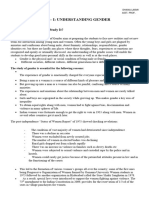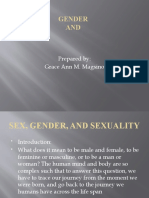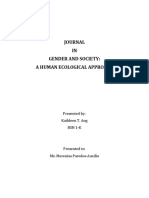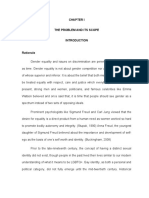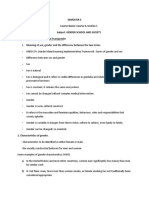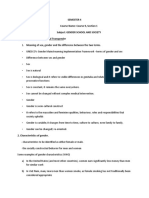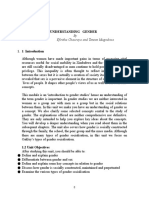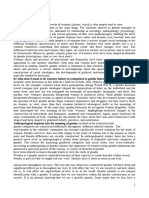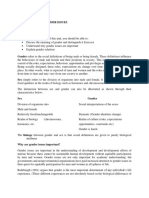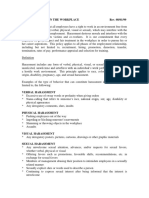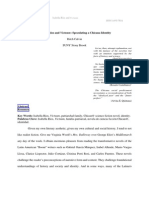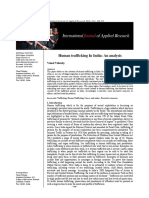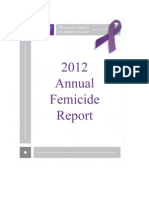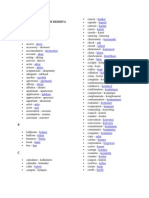0% found this document useful (0 votes)
40 views10 pagesGENDER SPAC Assignment
The document discusses the complexities of gender as a social construct, differentiating it from biological sex and sexual orientation. It highlights the historical context of gender studies, the challenges faced by transgender individuals, and the importance of gender equality. Additionally, it presents case studies of notable transgender activists in India and outlines legal protections and support systems for the transgender community.
Uploaded by
work.avneetkaurCopyright
© © All Rights Reserved
We take content rights seriously. If you suspect this is your content, claim it here.
Available Formats
Download as DOCX, PDF, TXT or read online on Scribd
0% found this document useful (0 votes)
40 views10 pagesGENDER SPAC Assignment
The document discusses the complexities of gender as a social construct, differentiating it from biological sex and sexual orientation. It highlights the historical context of gender studies, the challenges faced by transgender individuals, and the importance of gender equality. Additionally, it presents case studies of notable transgender activists in India and outlines legal protections and support systems for the transgender community.
Uploaded by
work.avneetkaurCopyright
© © All Rights Reserved
We take content rights seriously. If you suspect this is your content, claim it here.
Available Formats
Download as DOCX, PDF, TXT or read online on Scribd
/ 10




